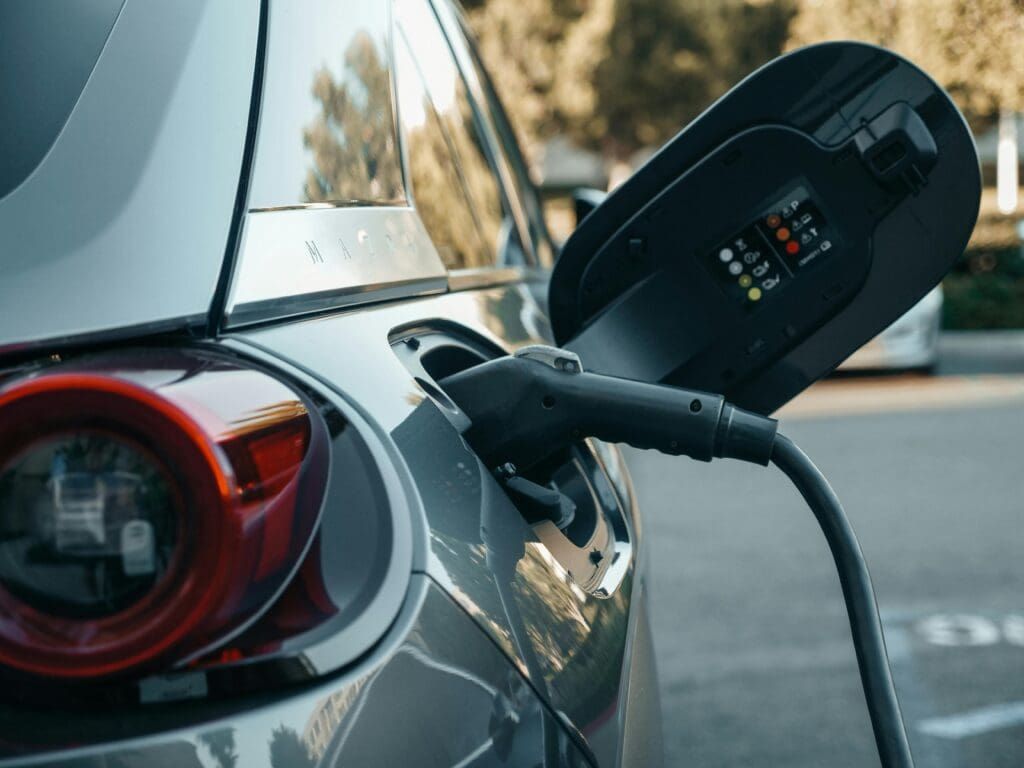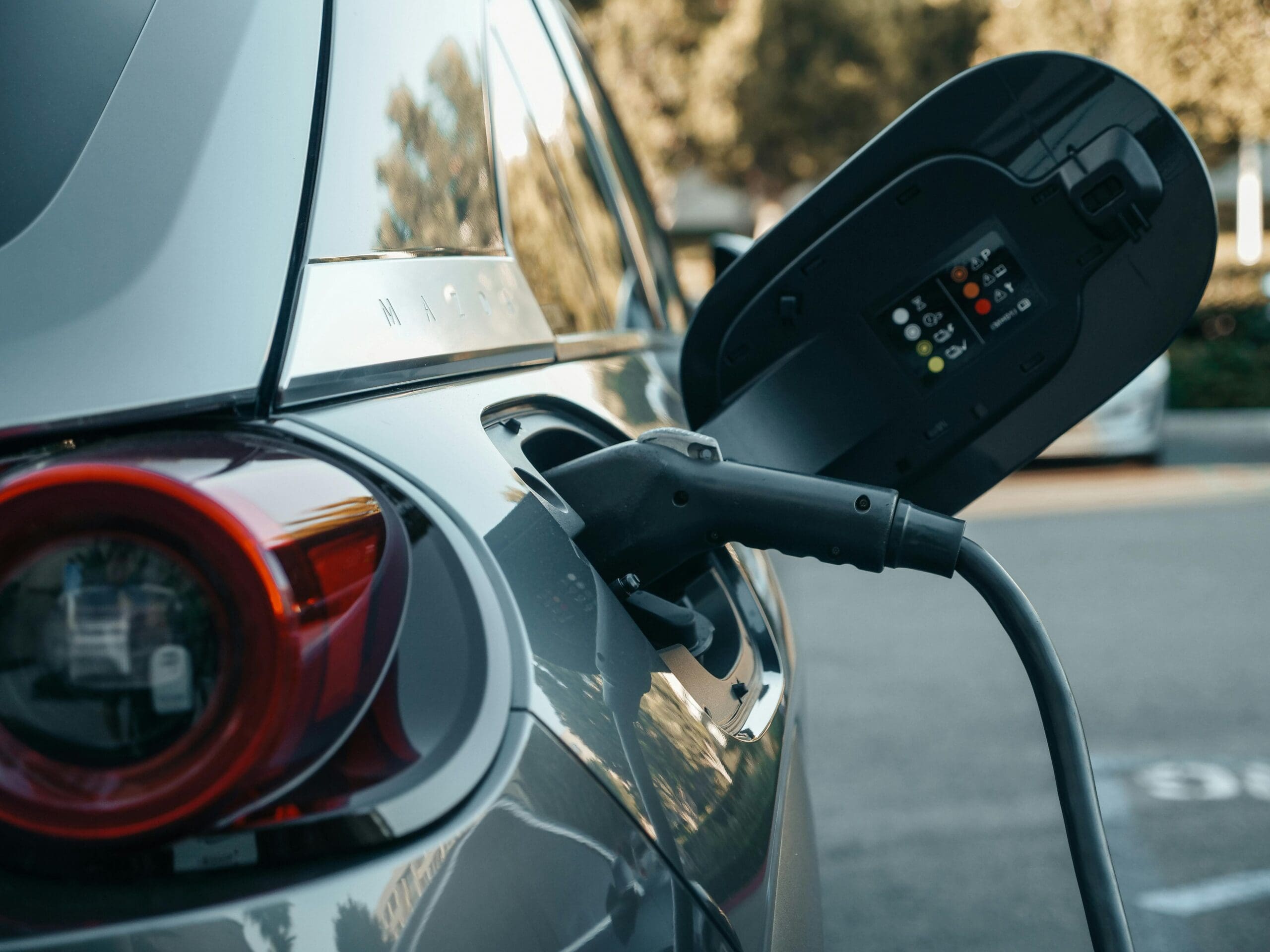Kenya’s Draft National E-Mobility Policy: Paving the Way for Sustainable Transportation
Kenya, a rustic regarded for its rich natural world, breathtaking landscapes, and vibrant way of life, is now at the direction toward a sustainable future. With the introduction of the Draft National E-mobility Policy, Kenya objectives to revolutionize its transportation area and decrease its carbon footprint. This coverage sets the stage for the sizable adoption of electrical cars (EVs) and different forms of sustainable transportation, paving the way for a cleaner and greener destiny.

- Impact Hub Nairobi
- Grace M
As Kenya’s populace grows and urbanization hurries up, the demand for transportation continues to upward thrust. However, the modern-day transportation system heavily is based on fossil fuels, main to environmental degradation and air pollution. This no longer best impacts the health and nicely-being of Kenyan citizens but also contributes to weather alternate.
To cope with these urgent problems, Kenya recognizes the pressing need for sustainable transportation solutions. By transitioning to e-mobility, Kenya can substantially lessen its greenhouse gas emissions, improve air high-quality, and promote strength efficiency. Moreover, embracing e-mobility will create new process possibilities, beautify energy protection, and position Kenya as a global chief in sustainable transportation.
Overview of the Draft National E-mobility Policy
The Draft National E-mobility Policy is a comprehensive framework that outlines the strategies, targets, and initiatives to promote the adoption of electric vehicles and other forms of sustainable transportation in Kenya. It encompasses various aspects, including infrastructure development, vehicle incentives, public awareness campaigns, and research and development.
One of the primary objectives of the policy is to establish a robust charging infrastructure network across the country. This will ensure that EV owners have convenient access to charging stations, thereby alleviating range anxiety and encouraging wider adoption of electric vehicles. The policy also aims to incentivize the purchase of EVs through tax exemptions, reduced import duties, and other financial incentives.
Key goals and objectives of the policy
The Draft National E-mobility Policy sets forth several key goals and objectives to guide Kenya’s transition towards sustainable transportation.
These goals include:
Reducing greenhouse gas emissions: The policy aims to significantly reduce Kenya’s carbon footprint by promoting the use of electric vehicles and other low-emission transportation alternatives.
Improving air quality: By phasing out polluting vehicles and embracing electric mobility, Kenya aims to improve the air quality in urban areas, creating healthier and more livable cities.
Enhancing energy security: Transitioning to e-mobility will reduce Kenya’s dependence on imported fossil fuels and enhance its energy security by utilizing locally generated renewable energy sources.
Creating green jobs: The policy seeks to stimulate job creation in the e-mobility sector, including manufacturing, installation, operation, and maintenance of charging infrastructure, as well as the production of electric vehicles.
Promoting innovation and research: Kenya’s e-mobility policy emphasizes the importance of research and development in advancing sustainable transportation technologies and encourages collaboration between academia, industry, and government institutions.
Benefits of adopting e-mobility in Kenya
The adoption of e-mobility in Kenya offers numerous benefits across various sectors.
Firstly, it will have a significant positive impact on the environment by reducing greenhouse gas emissions and combating climate change. As EVs produce zero tailpipe emissions, they contribute to cleaner air and a healthier environment for both current and future generations.
Secondly, e-mobility presents an opportunity to diversify Kenya’s energy sources. By utilizing renewable energy for charging EVs, the country can reduce its dependence on imported fossil fuels and enhance energy security. This will also contribute to the development of a more resilient and sustainable energy sector.
Furthermore, the transition to e-mobility will create new job opportunities and stimulate economic growth. The manufacturing, installation, and maintenance of charging infrastructure will require a skilled workforce, providing employment opportunities for Kenyan citizens.
Additionally, the production and assembly of electric vehicles can attract investment and stimulate the growth of the local automotive industry.
Challenges and potential roadblocks to implementing the Draft National E-mobility Policy
While the Draft National E-mobility Policy presents a promising future for sustainable transportation in Kenya, there are several challenges and potential roadblocks that need to be addressed for successful implementation.
One of the main challenges is the initial cost of electric vehicles. Currently, EVs tend to be more expensive than conventional vehicles due to the high cost of batteries. This price difference may deter some potential buyers from considering electric vehicles as a viable option. However, the policy aims to address this issue by providing financial incentives and exploring innovative financing models to make EVs more affordable for the general public.
Another challenge is the availability of charging infrastructure. Establishing a robust network of charging stations across the country requires significant investment and coordination among various stakeholders. However, the policy recognizes the importance of charging infrastructure development and aims to collaborate with public and private entities to overcome this challenge.
Key stakeholders involved in shaping the policy
The development of the Draft National E-mobility Policy involved a diverse range of stakeholders, each playing a crucial role in shaping the policy’s direction and objectives.
These key stakeholders include:
Government agencies: Various government agencies, such as the Ministry of Energy, Ministry of Transport, and National Environment Management Authority, collaborated to develop the policy framework and ensure alignment with national development goals.
Automotive industry: Local and international automotive manufacturers, suppliers, and dealerships provided valuable insights and expertise in the development of the policy, contributing to the formulation of realistic targets and incentives for the industry.
Energy sector: Energy companies, renewable energy developers, and electricity distribution companies such as Basigo and EV Chaja were actively engaged in shaping the policy, as their participation is crucial in providing the necessary infrastructure for charging EVs.
Civil society organizations: Non-governmental organizations and environmental advocacy groups played a significant role in voicing the concerns and priorities of the public, ensuring that the policy reflects the aspirations and needs of the Kenyan population.
Stakeholders’ perspectives on the draft policy
The Draft National E-mobility Policy has received mixed reactions from various stakeholders. While some applaud the government’s commitment to sustainable transportation, others express concerns and reservations.
From an environmental perspective, many civil society organizations and environmental groups have welcomed the policy as a significant step towards reducing carbon emissions and improving air quality. They emphasize the need for strong implementation measures and public awareness campaigns to encourage widespread adoption of electric vehicles.
However, some stakeholders from the automotive industry have expressed concerns about the feasibility and economic viability of the policy. They argue that the infrastructure requirements and high initial costs may hinder the widespread adoption of electric vehicles.
To address these concerns, the policy incorporates financial incentives and calls for public-private partnerships to ensure a smooth transition to e-mobility.
The future of e-mobility in Kenya

Despite the challenges and differing perspectives, the future of e-mobility in Kenya appears promising. The Draft National E-mobility Policy serves as a comprehensive roadmap to guide the country towards a sustainable transportation future. By setting ambitious targets, promoting innovation, and engaging stakeholders, Kenya is positioning itself as a leader in e-mobility within the African continent.
As the policy undergoes further refinement and implementation, it is crucial for all stakeholders to collaborate and work towards a common goal – a cleaner, greener, and more sustainable transportation system in Kenya. By embracing e-mobility, Kenya can drive towards a brighter future for its citizens and leave a lasting positive impact on the environment.
Conclusion
Kenya’s Draft National E-mobility Policy represents a significant milestone in the country’s journey towards a sustainable future. By embracing electric vehicles and other forms of sustainable transportation, Kenya aims to reduce its carbon footprint, improve air quality, and create new job opportunities. However, the successful implementation of the policy requires collaboration among various stakeholders, overcoming challenges, and addressing concerns.
As the world shifts towards sustainable transportation, Kenya has the opportunity to lead the way in e-mobility within the African continent. By joining forces and staying updated on the progress of the Draft National E-mobility Policy, we can all contribute to a cleaner, greener, and more sustainable future.
Join us to stay updated on the latest developments and be a part of Kenya’s journey towards a sustainable transportation revolution.
Is UI/UX Design the Key to Thriving Tech Startups? Answers Inside!
It’s no secret that we live in a digital era, surrounded by immense competition and it’s constantly shifting, making it challenging and exciting to start a business. Aside from having a great idea, UI and UX design is a factor that decides whether your tech startup is a success or failure.
You also might like

Inclusivity vs. Diversity: Understanding the Differences and Embracing Both
Inclusivity vs. Diversity: Understanding the Differences and Embracing Both

Kenya’s Draft National E-Mobility Policy: Paving the Way for Sustainable Transportation
Kenya’s Draft National E-Mobility Policy: Paving the Way for Sustainable Transportation


